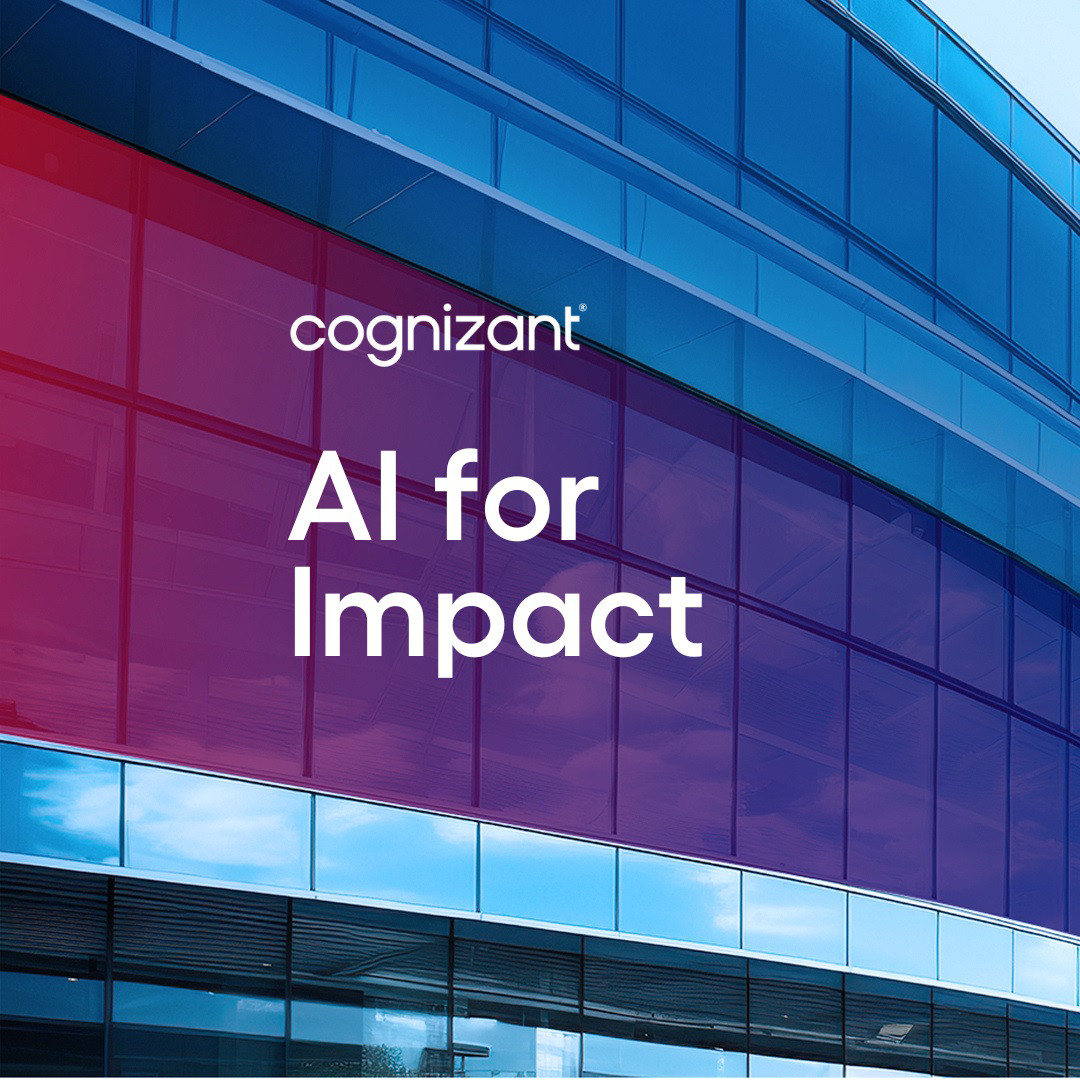Today the underwriting process is manual, which is not only slow but also very costly. While incremental improvements have been made and other proposals are in flight, such as digital, data-first gateways, the core underwriting process still needs to be revolutionised, and bionic underwriting is the opportunity.
In this blog, we explore how bionic underwriting will reshape the insurance market and give it an efficiency boost that it has not seen in many decades.
What is bionic underwriting?
Bionic underwriting leverages generative artificial intelligence (AI), Large Language Models (LLMs) and Machine Learning (ML) to automate labour-intensive tasks in the underwriting process that would have, traditionally, been handled manually. By removing the need for manual input in these areas, insurers gain more time to focus on areas that deliver more value for their customers.
Underwriters can utilise intelligent technologies to streamline their roles and improve efficiencies. For example, insurers could use AI to analyse datasets to identify insights that humans may not detect or would take a long time for them to perform. Everything from data entry to processing, both structured and unstructured data, and automating real-time status reports could be improved with AI.
Adding a bionic arm to the underwriting process will augment underwriters rather than replace them. It will resolve conflict, accuracy and completeness and make assumptions from growing amount of data underwriters use to make decisions and write policies. By working with more accurate data, they will, in turn, triage better risks, improve loss ratios, reduce underwriting leakage, and enhance quote ratios. Leveraging LLMs capabilities means that AI can be trained to learn from mistakes, adapt to new underwriting behaviours and/or regulations to improve future outcomes and enhance the customer experience.
How will bionic underwriting benefit the insurance industry?
Bionic underwriting will deliver many benefits to underwriters, carriers and brokers across all segments and distribution channels of the insurance industry including:
- Better efficiencies
- Enhanced customer experience
- Reduced risk of fraud
- More informed decisions
- Speed-to-market
- Increased ability to deliver proactive and pre-emptive services
Use case: The specialty insurance market
Here’s an overview of how it operates in the specialty insurance market, giving underwriters, carriers and brokers across all segments a competitive edge.




















